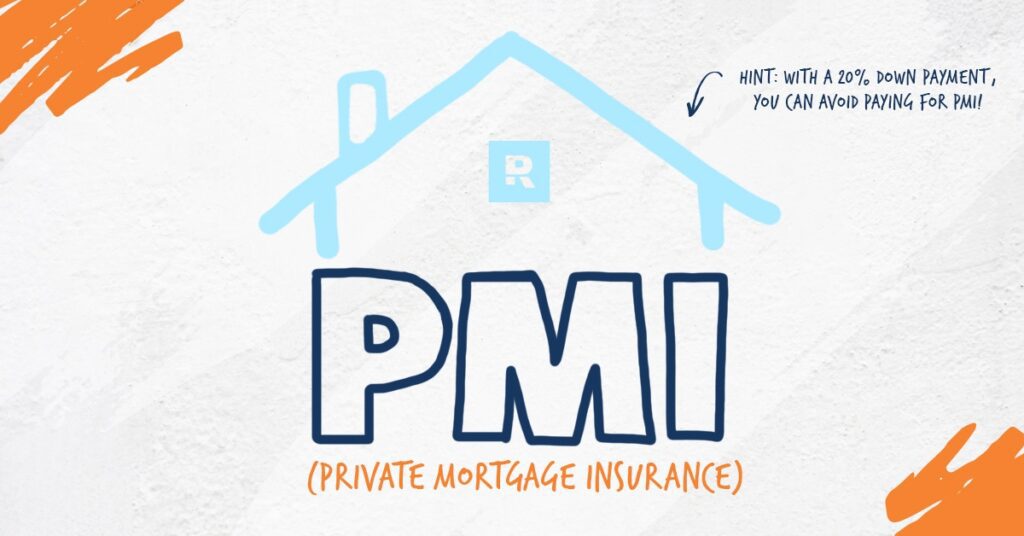In today’s fast-paced business environment, understanding the intricacies of the economic indicators is paramount for strategic decision-making. One such crucial indicator is the Purchasing Managers’ Index (PMI), which offers a snapshot of the economic health of the manufacturing sector. This article delves into the essence of PMI, outlining its significant role and the methodology behind its calculation.
What is PMI?


The Purchasing Managers’ Index (PMI) stands as a pivotal economic indicator, reflecting the economic health of the manufacturing sector. It is derived from monthly surveys of private sector companies, providing insight into business conditions, including employment, production, new orders, prices, and inventories.
The Significance of PMI in the Business Landscape
PMI is more than just a number; it’s a barometer for the manufacturing sector’s performance. A PMI value above 50 indicates expansion, while a value below 50 signals contraction. This index is instrumental for policymakers, investors, and business leaders in gauging the economic outlook and making informed decisions.
Calculating the PMI: A Detailed Overview
Calculating the Purchasing Managers’ Index (PMI) is a process that offers valuable insights into the health of the manufacturing sector. It serves as an early indicator of economic health, providing data on prevailing business conditions. This calculation is based on survey responses from purchasing managers in various industries and covers five major areas: new orders, inventory levels, production, supplier deliveries, and employment. Each of these components is given a certain weight in the overall calculation, reflecting its importance in assessing the manufacturing sector’s health.
1. New Orders (30% weight): This component measures the new orders received by manufacturers, indicating demand for manufactured goods. A rise in new orders suggests an increase in manufacturing activity, signaling economic growth.
2. Inventory Levels (10% weight): Inventory levels are assessed to understand whether production will need to increase or decrease to meet demand. Rising inventories can indicate a slowdown in demand, whereas decreasing inventories suggest stronger demand for goods.
3. Production (25% weight): The production component reflects the volume of goods produced. Increasing production levels can indicate an expanding sector, contributing positively to the economy.
4. Supplier Deliveries (15% weight): This measures the speed at which suppliers deliver raw materials to manufacturers. Slower deliveries can suggest suppliers are busier, often a sign of a heating economy. Conversely, faster deliveries might indicate slowing demand.


5. Employment (20% weight): Employment levels within the manufacturing sector provide insights into the sector’s health and its potential impact on the broader economy. Increasing employment suggests manufacturers are preparing for higher demand, while decreasing employment can signal a slowdown.
To calculate the PMI, responses from purchasing managers are categorized into three: positive (indicating improvement), no change, and negative (indicating deterioration). For each category, a percentage of total responses is calculated. The PMI formula is:
PMI=(P1×1)+(P2×0.5)+(P3×0)
Where:
- P1 is the percentage of positive responses,
- P2 is the percentage of no change responses,
- P3 is the percentage of negative responses.
Above 50 indicates the manufacturing sector is expanding, while a PMI below 50 signals contraction. A value of 50 indicates no change in the level of manufacturing activity compared to the previous month.
FAQs about PMI
- What does a PMI score of 50 signify?
Score of 50 represents a no-change scenario in the manufacturing sector’s activity levels, indicating stability. - Can PMI predict economic trends?
Yes, PMI can serve as a leading indicator, forecasting economic trends by reflecting changes in the manufacturing sector’s activity levels before they become apparent in the GDP. - How frequently is PMI reported?
Is typically reported on a monthly basis, offering timely insights into the manufacturing sector’s economic health.
For my contact:
You should first send me a friend request on MQL5, this will make it easier for me to connect and best support you with technical issues: https://www.mql5.com/en/users/tuanthang
– Join our Telegram Channel for new updating: https://t.me/forexeatradingchannel
– Recommended ECN Broker for EA – Tickmill: https://bit.ly/AdvancedTickmill
– Recommended Cent/Micro Account Broker for EA – Roboforex: https://bit.ly/AdvancedRoboforex
– To use an EA you need a VPS. Recommended VPS for EA
– Chocoping: https://bit.ly/AdvancedVPS. When you open the account type in the discount code to get 10% off: THANGEA10
– If you want to ask me any question or join our private group chat for traders. Please contact me through Telegram: https://t.me/thangforex







